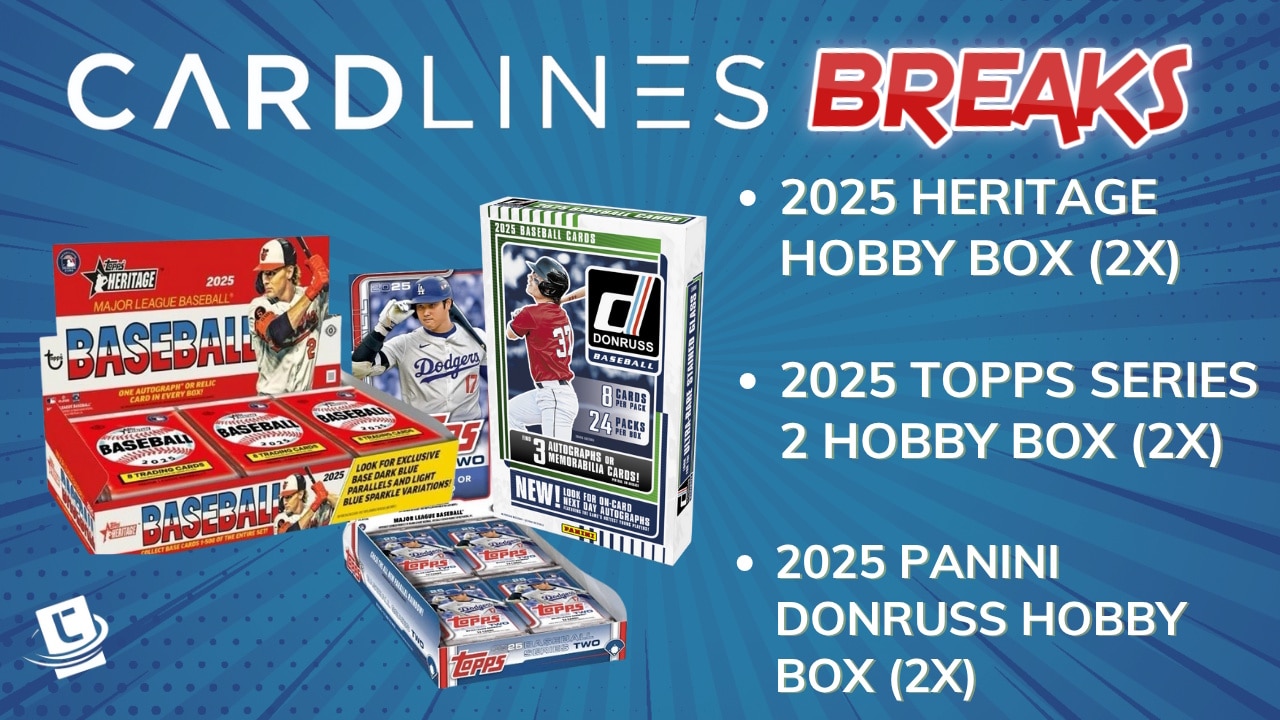

The checklist for the 2024 NFL Prizm recently came out, and many see it as an example of the overprinting problem that has long plagued the hobby.
With 63 parallels, there are way too many for comfort. That is especially concerning when you consider that this is watering down a hobby box that is currently selling for about $1,100.
The sheer number of parallels in this product has made some people feel like they are becoming a dime a dozen.
Does it mean much that a card is /50 when there are 63 types of /50 of the same card?
Are we excited about that? Will those cards continue to garner value, or will we all be eye-rolling at these parallels in a few years? That is a fundamental question we need to consider, so join us as we ask whether increasing print runs will lower the value of parallels.
An Instagram post by Modern Sports Card Investor restarted a long-standing conversation about the over-printing of cards. The post noted that the 2024 NFL Prizm checklist has 63 parallels.
They note an “18.87% increase compared to last year’s release 👀.” Geoff Wilson helpfully notes, “Man, that’s a lot.
The peanut gallery quickly responded in the comments: “Mass Production value killing! Topps does it, too, so yet again, the greed factor. Maybe if they pulled back, we could create a better supply/demand scenario, and things would hold value and go up much quicker!”
NEO Sports Cards and Comics host Rob Demay said something many of us are feeling in one of his recent videos. “You walk around a show, and it’s just the same card with a billion different parallels. Nothing is appealing about that. Please give me the classic silver and the classic refractor and a color match. I don’t need the swirly pixie dust fairy ball, the zebra stripe, the tiger stripe, or the giraffe. It’s just all nonsense.” Well said, Rob.
You will notice that some of these are grouped but are more than one type of parallel. That could hide the sheer volume of parallels in this release.
And will this be the last one with this magnitude? We seriously doubt it.
No one cares about base cards anymore. Therefore, the measure of a box you buy is the hits you find in it. Since the price of boxes keeps increasing, you have to ensure that there is some reward for opening them.
But with print runs increasing, it’s hard to get enough hits to make the overpriced boxes seem worthwhile. That is where the extra parallels come in. They create an artificial scarcity that generates many hits. It makes opening a box seem more rewarding.
However, there is an obvious downside to this process. The more low-numbered cards there are, the less of a big deal each one becomes. The 63 for the 2024 Panini Prizm is an outlier.
But not that much of one. Many of the Topps releases had over 40 1/1 rookies in 2024. We would be surprised if Fanatics did not follow Panini over that cliff.
The shift to parallels and autos was supposed to prevent the following junk wax situation. But three years ago, some folks noticed that this was only a partial solution to the problem.
One user wrote on Reddit, “I get that there are many variations of cards, thus making them “different,” but with card breaks and tons of set releases, it feels as though there are way too many similar cards. People like to bring up “supply and demand,” but we’re the ones that ruined it in the first place. I’ve always collected, so I would collect no matter what. I would like it if the cards could maintain a decent value since the cards I collect would be passed down to family members… I’m 30; it might be a while, hopefully.”
The last time we had this kind of broad conversation on print runs was when the 2024 Topps Baseball Series 1 came out.
According to some calculations, 900,000 copies of each card were estimated to be printed, which is above most of the “junk wax” era sets.
Of course, that is offset by the fact that there are so many more limited parallels, etc. In the 2024 Topps Baseball Series 1 case, the Team Borders parallels were a fun SP that cleared up the tedium and alleviated the issue. However, the Prizm issue above also has limitations.
Some sets do not have creative parallels, and most of the additions seem pointless and do little to mask the inflation of cards.
At this point, the days when people sent base cards to get graded, hoping to get a good amount of money, should be over. Indeed, if you are still doing that, you should stop.
Before the COVID boom, the print runs for big sets like Prizm and Topps flagship were around half of that. The effects of the rise in print runs are ameliorated by the new blood that has poured into the hobby. The rise has been dramatic and may exceed the increased level of demand as well.
Base cards were the basis for the entire hobby until the 21st century. However, a rash of overprinting before and during the COVID-19 boom made it clear that base cards are no longer worth much.
In 2021, Scottie B Cards used clear cards, which appeared only in hobby boxes, to determine the extent of print runs and foil cards to determine the number of full sets.
Here is what he found:
Scottie calculated that at that rate, each player would have a million cards within two years, which he believed was unsustainable. That is indeed what has happened. The result is well known. Base cards are not taken seriously anymore. Perhaps it was a mistake ever to take them seriously.
We are still very far from having this many parallels, but the trend is clear, and people are kind of over it.
Being a collector today requires a particular savvy that it did not in the past. The landscape shifts and cards that were once worth a lot can decrease significantly. We saw that with base cards a few years ago, and now it will be the turn of parallels.
There are still many hobby enthusiasts who enthusiastically embrace low-numbered cards. However, with these many parallels, the laws of supply and demand are inevitable, and everyone will eventually get the memo. Aside from the quantity, there is also the question of quality.
The more parallels there are, the more random and unsatisfying the designs are. Many are similar. Others are just plain ugly. When there are too many parallels, and they are unattractive, the results are apparent.
The 1/1s and 1/5s are a decent investment for now. A rise of 20% or so in print runs would not change their status much. But the /25 and /50s are probably due for a real crash. Consider offloading those pretty quickly if you pull any. We should seriously reevaluate those cards.
Sellers are certainly running into this problem. One commenter on YouTube said, “I had a Trea Turner Carolina Blue Prizm /35, and I couldn’t even give it away on eBay for $5. He is in the top 3-5 shortstops in baseball right now, too, LOL! This shows that no one gives a shit about all these parallels.”
The issues here seem almost insoluble. Hobby enthusiasts want to be able to buy boxes quickly and cheaply, and they want the boxes to be full of fantastic hits. Considering the size of the hobby right now, that requires very extensive print runs, many parallels, and even generating the most significant number of autos possible.
If we try to limit the supply of base cards, we will have fewer boxes, and each will sell for higher prices. Meanwhile, if we restrict parallels and leave base cards plentiful, we will have many hitless boxes.
Each of these options is bad for the hobby and bad for collectors. Ultimately, either cards are scarce or they are not. We want Schrödinger’s cards, which are rare and common. Common when we are trying to get it, and rare when we have it. That is not how the markets work in real life.
Not everyone agrees that this problem needs to be resolved. Some believe that the hobby has become too oriented towards making a profit. High print runs will make cards cheaper again, allowing younger collectors access to the market and their favorite cards.
We need to differentiate between different types of brands. Topps’ flagship can be vastly overprinted. No one rips that stuff to get rich. It is a celebration of the baseball season and something you can enjoy with your kids.
The emphasis must be on keeping it at an affordable price point. Meanwhile, Prizm may have been a relatively inexpensive product you could collect without breaking the bank. But those days are irrevocably gone.
These boxes cost over $1,000 now. They cannot come with a bunch of overproduced junk. At that price, a box has to offer some real value.
The sports card companies need to manufacture many supposed hits to fill box after box, and that is precisely what they are doing.
To achieve that goal, the sports card companies are relying on parallels. Memorabilia (if it is game used) and autos are hard to produce in massive numbers because they rely on finite resources.
But parallels can be created almost at will, as Panini has done with the Prizms. Therefore, there is a good chance that they will lose their luster and value over the next few years.
In my opinion, the danger is that people start seeing all parallels as more or less the same. Because they all look similar, they may not be the wisest investment anymore.
The more copies of a card there are, the more acute this is. We will monitor /10, /5, and 1/1 cards to see if their value seriously erodes. In the next few years, we should start seeing a more apparent divide emerge between autos and all the other cards.
That is where value will continue to accrue due to a genuine structural scarcity. So consider selling parallels while they still have good value. They may start to plummet as the numbers increase and attitudes towards them change.
Topps Chrome 2024-25 Basketball: Honest Review and Notes
Did you know this SECRET about PSA slabs? #sportscard #tcg
5 EASY tips to make more money on eBay sports cards.
I opened a sports card mystery box and found something AWESOME inside
The SAD story of Collectable. What went wrong? (The Downfall Fractional Sports Card Investing)
what was Panini doing? 🙄
I compared sports card prices from the big sellers to save YOU money
Is GameStop buying PSA? (the truth!)
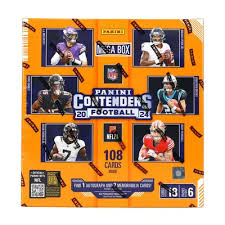
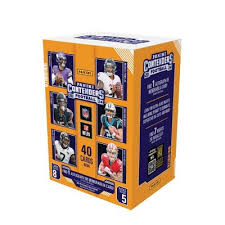
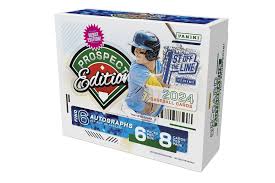
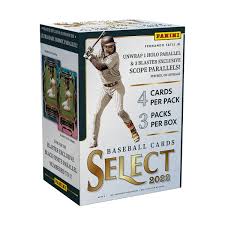
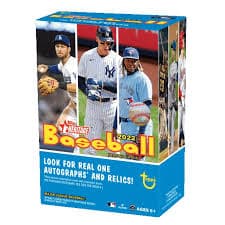
2022 Topps Heritage Baseball Blaster Box Configuration: 7 Packs per Box – 9 Cards per Box. Plus 1 extra pack.
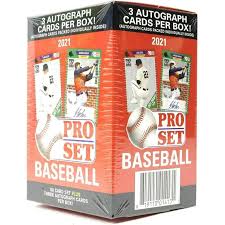
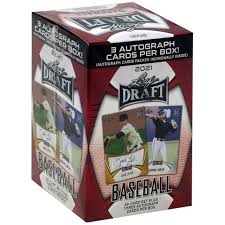
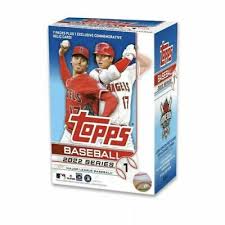
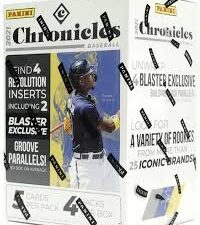
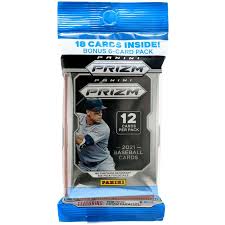
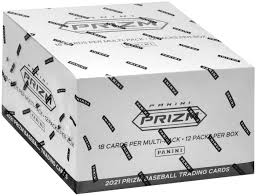

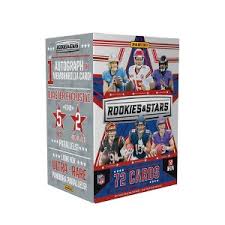
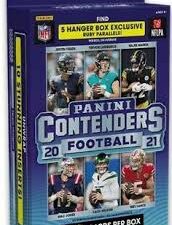
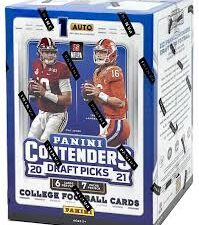
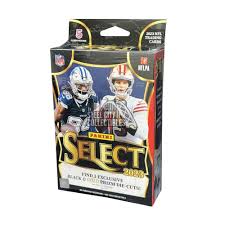
Keep up on breaking Sports Card News, our latest articles, product specials and exclusive content with expert analysis of hobby trends.

© Copyright 2025 - All rights reserved Cardlines.com / Media Techs LLC - Sports Card News, Reviews, Releases and BREAKS - #thehobby.
Important: When you click on links to various merchants on this site and make a purchase, this can result in this site earning a commission. Affiliate programs and affiliations include, but are not limited to, the eBay Partner Network.
Panini is launching a WNBA Product at $30,000!?
Cardlines June 27, 2025 5:54 am